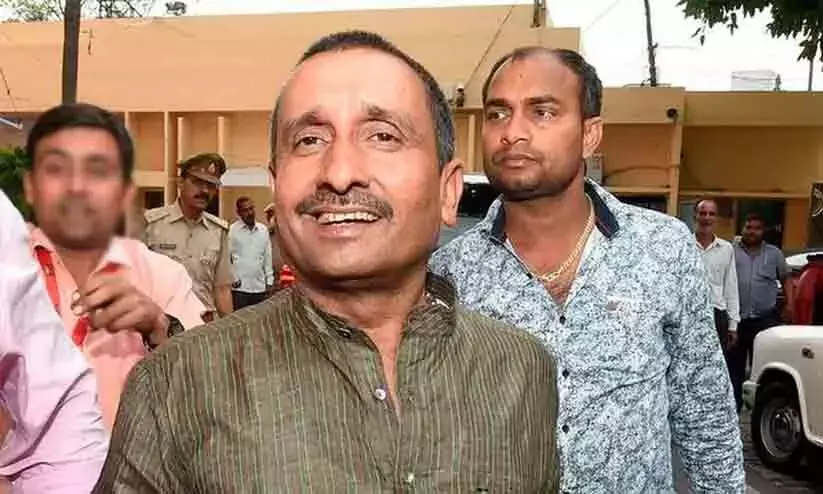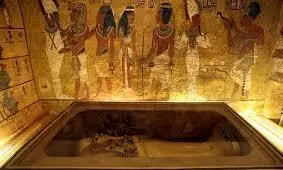
Ancient Egyptian curse mystery solved by radiation theory: experts
text_fieldsFor nearly a century, the enigmatic "Pharaoh's Curse" linked to King Tutankhamun's tomb has baffled archaeologists. But now, it is being linked to high radiation levels.
This longstanding belief arose from the unexplained deaths of several individuals involved in King Tutankhamun's tomb's discovery in 1922.
Scientist Ross Fellowes presents a scientific explanation for the phenomenon in an article published in the Journal of Scientific Exploration (JSE). Fellowes suggests that toxic materials, such as radioactive elements like uranium, and potentially hazardous waste, could be responsible for the curse. These substances may have remained potent within the sealed tomb for over 3,000 years, posing health risks to those who entered, reported the New York Post.
The study, published in the Journal of Scientific Exploration by Ross Fellowes, indicates concerning levels of radiation within King Tutankhamun's tomb. This radiation exposure could lead to serious health complications, including cancer.
Fellowes also suggests a link between the elevated radiation levels and the unusually high prevalence of blood, bone, and lymph cancers observed in both ancient and contemporary Egyptian populations. These specific cancers are associated with radiation exposure. Moreover, the study suggests that this heightened radioactivity may extend beyond King Tut's tomb.
"Radiation has been detected by the Geiger counter at two sites at Giza adjacent to the pyramids," wrote Fellowes, noting that radon - a radioactive gas - has also been found in "several underground tombs at Saqqara." These readings were found to be "intensely radioactive."
"Both contemporary and ancient Egyptian populations are characterized by unusually high incidences of hematopoietic cancers, of bone/blood/lymph, for which a primary known cause is radiation exposure," Fellowes wrote in his study.
"Modern studies confirm very high levels of radiation in ancient Egyptian tombs, in the order of 10x accepted safety standards," the study shared.
Speculations suggest that ancient builders might have been aware of the tomb's dangers, evidenced by cryptic warnings inscribed on the walls.
"The nature of the curse was explicitly inscribed on some tombs, with one translated presciently as 'they that break this tomb shall meet death by a disease that no doctor can diagnose,'" Fellowes wrote.
Ambiguous inscriptions, possibly mistranslated as warnings of "evil spirits" and "forbidden" places, likely contributed to the persistent belief in a supernatural curse associated with the tombs. This belief was reinforced by sensationalized media reports surrounding the deaths of individuals like Lord Carnarvon, the excavation's primary financial backer, who died shortly after entering the tomb's treasure chamber.
"Carnarvon was dead within a few weeks of the uncertain diagnosis of blood poisoning and pneumonia," Fellowes wrote.
Egyptologist Arthur Weigall allegedly predicted Carnarvon's demise, claiming he would "be dead within six weeks" upon entering, according to the study.























